#methodologies
Explore tagged Tumblr posts
Text
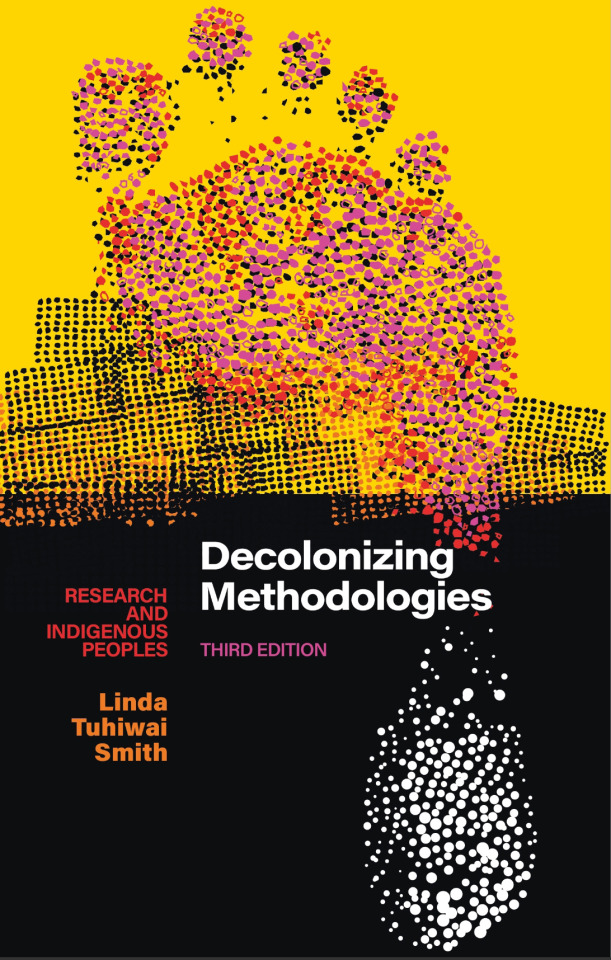
Another book that's added to my #to_read list.
#books#reading#decolonisation#colonisation#colonization#methodologies#indigenous#colonial#research#science#indigenous peoples#indigenous rights
4 notes
·
View notes
Text
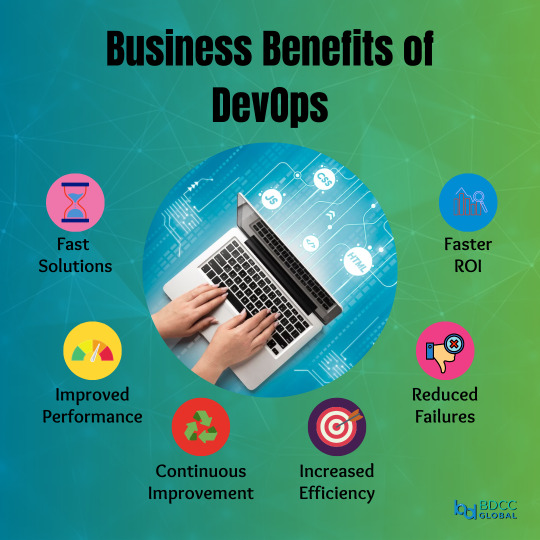
Revolutionize your business with the power of DevOps!
Discover how this game-changing methodology can boost productivity, streamline processes, and drive innovation.
2 notes
·
View notes
Text
Top 8 Business Analysis Methodologies Every Analyst Should Know in 2025 We will explain the 8 best business analysis methodologies that every analyst should know and use to help companies make smart decisions.
0 notes
Text
#Automotive Skills Development Council#automotive sector#methodologies#electricvehiclesnews#evtimes#autoevtimes#evbusines
0 notes
Text
Note: This audio upload is a selection of clips taken from the full-length Patreon interview with Dr. Aaron French. To hear the full interview, please visit my Patreon page; you could consider joining to have access to more content like this, or have the option for a one-time purchase of the full episode (visit the 'shop' link for more information about pricing). https://www.patreon.com/RejectedReligion My guest this month is Dr. Aaron French. Aaron received his doctorate in the study of religion, including an emphasis in science and technology studies, from the University of California, Davis. His monograph Max Weber, Rudolf Steiner, and Modern Western Esotericism: A Transcultural Approach will be published by Routledge in late 2024 in the “Asia, Europe, and Global Connections: Culture, History, and Trans-Area Studies“ book series. Aaron has published numerous peer-reviewed articles in academic journals and regularly gives lectures and presentations at international conferences. He currently teaches in the international Religious Studies Masters program at the University of Erfurt in Germany and works as a postdoctoral researcher at the Freie Universität Berlin. In our conversation, Aaron talks about new areas of research that he’s been exploring regarding the field of ufology, and its connections with esotericism, technology and religion. He’s currently editing a forthcoming interdisciplinary academic collaborative work about this, called Religion and the UFO Phenomenon: Methodological Challenges, that asks the questions, “how best should scholars of the humanities and social sciences approach the UFO phenomenon as an object of study? Why are otherworldly experiences intertwined with new forms of religiosity?” Aaron also gives a re-cap of the recent developments in the U.S. with regard to the UAP, or Unidentified Arial Phenomena, in Senate hearings and discusses the issues surrounding disclosure, with the largely failed attempt to establish a committee that would force the US government to declassify and release all information on UFOs. He then moves on to discuss his own developing research into the connections between ufology and esotericism, and how religion is being transformed, with some in academia speaking now of a new religiosity forming around these experiences. Aaron’s work is looking at this modern esotericism that keeps popping up in this new ‘hybrid technoscientific religiosity’ as he terms it. Ideas of evolution and training for humans who are interested in future realities in space are also discussed in terms of ritual initiation or Hero’s Journey that is likened to the Jedi training of the Star Wars story. In closing, we also explore occulture and the cultural impact on all of this a bit, specifically how these ideas are played out in shows like X-Files and of course, my favorite, Twin Peaks.
#esotericism#religion#ufology#uap#technology#hybridreligiosity#science#modernity#methodologies#overvieweffect
0 notes
Text
Unlocking Brand Success: Insights from David R. Kandell's Leadership Strategies
In the rapidly evolving business landscape, the importance of cohesive brand, product, and team development can't be overstated. Strategic leadership is crucial in steering these components toward achieving overarching company goals. This blog delves into the insights provided by David R. Kandell, whose expertise in molding successful brands through innovative leadership practices has garnered widespread recognition.
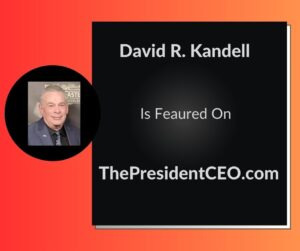
The Triad of Success: Brand, Product, and Team Development
At the heart of any successful organization lies the synergy between its brand, products, and its people. David R. Kandell emphasizes that the strength of a brand is not just in its visual identity or market presence, but also in its ability to resonate with both employees and customers. A well-defined brand acts as a compass, guiding product development and team culture in a direction that aligns with the business’s core values and market needs.
Product & Team Development, under the umbrella of a strong brand, becomes more than just a process—it transforms into a mission. Each product must embody the brand’s ethos, meeting the high standards set by the business while innovating and adapting to market trends. David’s approach involves meticulous market research coupled with creative brainstorming sessions that encourage team participation and ownership, fostering a sense of pride and accountability in product outcomes.
Leadership by David R. Kandell: Steering the Ship
Leadership plays a pivotal role in the integration of brand and product development with team dynamics. David R. Kandell’s leadership style is characterized by transparency, motivation, and adaptability. He advocates for leaders to be visionaries who not only set goals but also actively engage with their teams to achieve them. Effective communication, according to David, is key to understanding team strengths and leveraging them in a way that promotes growth and innovation.
Furthermore, David stresses the importance of resilience and adaptability in leadership. In a world where market conditions and consumer preferences change rapidly, the ability to pivot and embrace change is invaluable. Leaders are encouraged to foster a culture of learning and flexibility, allowing teams to experiment and learn from both successes and failures.
Leadership by David R. Kandell highlights the intricate dance between guiding a brand, nurturing product innovation, and cultivating a dynamic team. His strategies are designed not just to adapt to the current market but to proactively shape it, ensuring sustained growth and success. For businesses looking to thrive, adopting David’s methodologies could very well be the key to unlocking their full potential. For more insights and detailed strategies on effective leadership and brand development, visit David R. Kandell's official website.
0 notes
Text
the point of rpf isn’t to concoct scenarios that are thinly veiled attempts to fuck the celebrities you like yourself. the point of rpf is to learn as much lore as is possible about the celebrities you like by whatever means necessary and use that information to craft scenarios that are wildly implausible but Technically could have happened. and then to chuckle about it. by the way
#rpf#that’s kind of my methodology tbh#like i could teach a class on the josh o’connor daniel craig playlist post alone
4K notes
·
View notes
Text
Understanding the Significance of Software Engineering
Understanding the Significance of Software Engineering" explores the essential role of software engineering in creating reliable, efficient, and scalable software solutions. The book delves into methodologies, best practices, and the impact of software engineering on technology, innovation, and society, highlighting its critical importance in the modern digital landscape.
Read more : https://ruhiparveen0310.wixsite.com/my-site-1/post/understanding-the-significance-of-software-engineering
0 notes
Text
Potential Rabbit Holes (Methodological Insights) From William I. Wolff
Texts, terms, and methodologies Wolff mentioned I want to explore when I have time.
Example Autoethnography
Tweets from the April 4, 2012 concert at the Izod Center were chosen following Daniel Cavicchi's (1998) ethnographic approach where he began his study of fans at a concert he attended with his wife (pp. 22–37).
Social Media Scholarship
Liza Potts and Dave Jones (2011) have shown how writers using social media must navigate complex, often disruptive writing spaces in order to successfully access and move information. Like most Web 2.0 writing environments, Twitter requires "users to learn new vocabularies, recognize the characteristics of new writing spaces that contain multiple symbiotic genres, reconceive of the relationships among multiple applications, and be able to transfer knowledge of functionality from one application to the next" (Wolff, Fitzpatrick, & Youssef, 2009).
Porter (1986) broke down intertextuality into two instances: iterability (repeating fragments of text) and presupposition (presumptions a text makes about its context and readers) (p. 35). Bazerman (2003) broke intertextuality down even further into five instances, with the most relevant for our purposes being "using certain implicitly recognizable kinds of language, phrasing, and genres, [which] evokes particular social worlds where such language and language forms are used, usually to identify that text as part of those worlds" (p. 87).
Methodological Considerations
To complete axial coding, I adopted Kathy Charmaz's (2006) approach of using gerunds when coding. Charmaz (2006) argued that "adopting gerunds fosters theoretical sensitivity because these words nudge us out of static topics and into enacted processes. Gerunds prompt thinking about actions—large and small" (p. 136). Whereas the categories that emerged from open coding were "static topics," most that emerged from axial coding are composed as gerunds. Those that could not be formed into gerunds still suggest, as Charmaz (2006) advocated, "emphasis on actions and processes" (p. 136).
Michele Zappavigna (2011) took pains to describe the problematic nature of the term "community" when applied to non-hashtag keyword corpuses. It is also difficult for me to describe what I have collected as a community or even virtual community. Similarly, it is problematic to consider the collected tweets as an "information ecology," as Brian McNely (2010) was able to adapt Bonnie A. Nardi and Vicki L. O'Day's (1999) concept to describe tweets for a convention, because in my corpus there is no hashtag grounding the tweets in a specific virtual classification space (Wolff, 2015).
0 notes
Text
"Maximizing Software Development Success: The Benefits of Integrating Agile and DevOps Methodologies"
Using both Agile and DevOps methodologies in a software development lifecycle offers several benefits:
Faster Time-to-Market: Agile facilitates iterative development and quick releases, while DevOps streamlines deployment and operations, leading to faster delivery of features and updates to end-users.
Improved Collaboration: Agile promotes cross-functional teams and frequent communication, while DevOps encourages collaboration between development, operations, and other stakeholders, fostering a culture of shared responsibility and cooperation.
Enhanced Quality: Agile's focus on continuous feedback and testing, combined with DevOps' emphasis on automation and continuous integration/continuous deployment (CI/CD), helps identify and resolve issues earlier in the development process, leading to higher-quality software.
Greater Flexibility and Adaptability: Agile allows teams to respond quickly to changing requirements and customer feedback, while DevOps enables rapid deployment and rollback of changes, providing the flexibility needed to adapt to evolving market demands.
Increased Efficiency and Productivity: Agile promotes self-organizing teams and efficient use of resources, while DevOps automates repetitive tasks and optimizes workflows, resulting in improved productivity and resource utilization across the development lifecycle.
Enhanced Customer Satisfaction: Agile's focus on delivering value to customers through incremental releases, combined with DevOps' ability to deliver stable and reliable software, results in higher customer satisfaction and retention.
Continuous Improvement: Both Agile and DevOps encourage a culture of continuous improvement and learning, with regular retrospectives and feedback loops, leading to ongoing refinement of processes, tools, and practices to drive better outcomes.
Cost Reduction: By minimizing waste, optimizing processes, and reducing time-to-market, the combined use of Agile and DevOps can lead to cost savings in software development and operations.
#magistersign#onlinetraining#support#usa#cannada#Agile#DevOps#SoftwareDevelopment#SoftwareEngineering#Methodologies#ContinuousIntegration#ContinuousDelivery#Collaboration#QualityAssurance#Efficiency
0 notes
Text
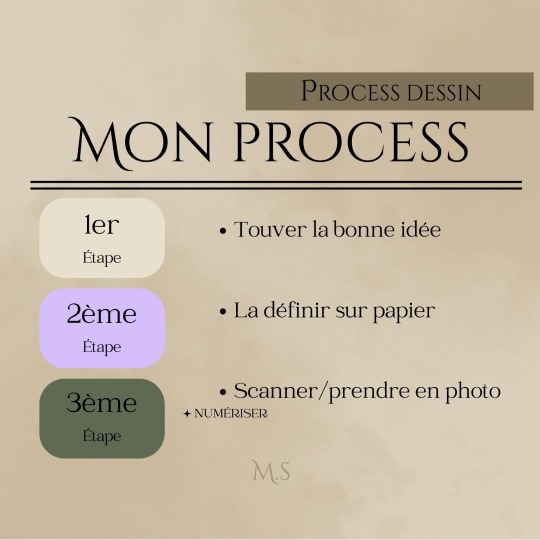

Rubrique Process Dessin
Bien sûr, je vais approfondir les étapes de travail petit à petit, mais voici déjà les principales. 😉
#digital art#drawing#illustration#organisation#methodologies#graphic art#blog#process#étapes#Rubrique process dessin
0 notes
Text
0 notes
Text
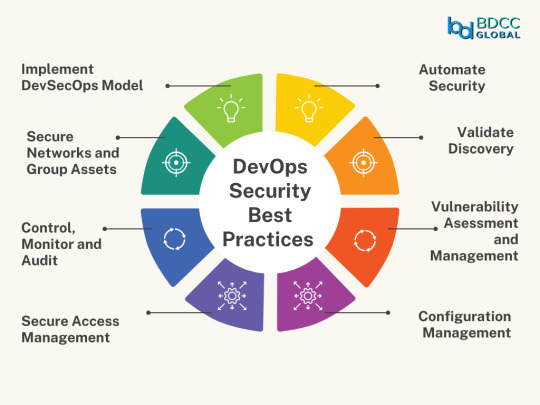
Discover the paramount importance of seamlessly integrating security into DevOps methodologies. 🔒🛠️
Learn how this synergy fortifies your software development lifecycle.
1 note
·
View note
Text
Financial crime compliance costs exceed $206 billion - Help Net Security
The growing complexity of compliance regulations and ever-evolving criminal methodologies are a major difficulty for financial institutions, according to LexisNexis Risk Solutions. Global financial crime compliance costs for financial institutions exceed $206 billion. This cost is comparable to more than 12% of global research and development (R&D) expenditure and equates to $3.33 per month for…

View On WordPress
#complexity#Compliance#Criminal#difficulty#everevolving#financial#growing#major#methodologies#Regulations
0 notes
Text
corporate finance assignment help
Understanding corporate finance principles is crucial for business students, but the complex theories and mathematical models involved can make it a difficult subject. Getting corporate finance assignment help offers a way for students to get the expertise needed to complete projects and coursework successfully. Tutors providing assignment help are knowledgeable about all aspects of corporate finance, including capital budgeting, valuation methodologies, cost of capital, capital structure, dividend policy, and cash flow analysis. With personalized guidance, students can better grasp concepts like the time value of money, NPV, IRR, weighted average cost of capital, valuation multiples, and financial modeling. Expert tutors review assignments to fix any errors, recommend ways to improve analysis and ensure students have accurately applied corporate finance methodologies. Access to this level of support enables students to master the core topics, apply them to real-world cases, and excel in their corporate finance academic program.
#Corporate Finance#Principles#Assignment Help#Students#Finance Tutors#capital budgeting#Valuation#Methodologies#Cost#Capital#Cash Flow#Analysis
0 notes